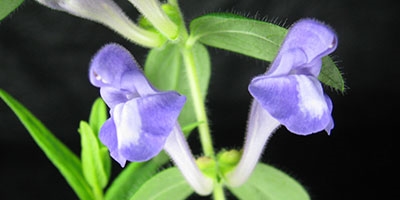Products and Pathways (Theme 1)

We discover new plant and microbial products, elucidate how they are synthesised in the producing organisms, and use this information to design new products of value to humankind.
Important areas of research include:
1 – Discovery of new products from actinomycetes, soil bacteria that already provide half of all clinically-useful antibiotics
Genome sequences reveal that these organisms can produce a huge number of products that may be useful as antibiotics but have not yet been identified and evaluated. Our research uncovers new products and the biochemical pathways by which they are synthesised, feeding into scaled-up production and testing for antibiotic properties.
2 – Identification of plant biochemical pathways that synthesise of natural products important as medicines, herbicides, pesticides and industrial raw materials
Discovery of how plants make valuable chemicals opens opportunities for discovering new plant chemicals, and designing new-to-nature chemicals tailored to specific applications
3 – Elucidation of the synthesis and use of starch in plants
Starch is the main form in which plants store reserves for use in growth when photosynthesis is not possible. It is a major component of many foods, and an industrial raw material. . Better understanding of how it is made and then used by plants helps us to design starches with new properties, leading to new applications for this cheap, renewable and versatile product.
4 – Improved understanding of how plants take up and store iron and zinc
Zinc and iron are essential micronutrients which we obtain from plant-based foods. Many people around the world have poor health because their diets have insufficient levels of iron and zinc. To overcome this problem, our research identifies what controls the zinc and iron levels in crop plants, and hence how levels can be increased.
